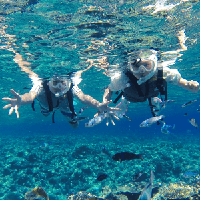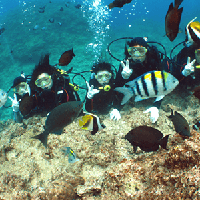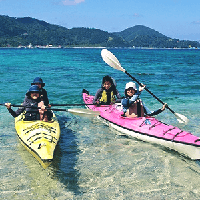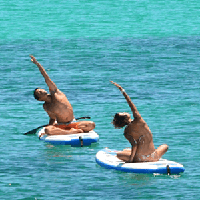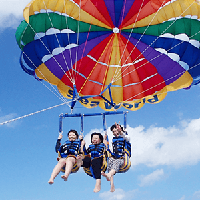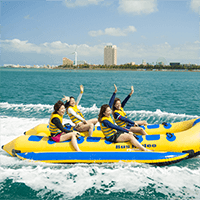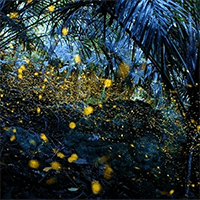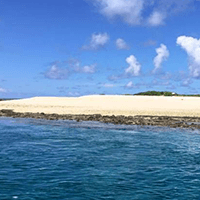Kanto Reservation for Bass fishing | Activity Japan
- Age 16~Age 80
- 3~4 hours
- 05:00 / 06:00 / 07:00 / 08:00 / 09:00 / 10:00 / 11:00 / 12:00 / 13:00 / 14:00
★☆Plan Description★☆ 4-Hour Fishing Experience on a RIB Boat for Red Sea Bream and Rockfish Fishing with Tairaba (Red Rubber Bait) Enjoy red sea bream and rockfish fishing while cruising the beautiful Katsuura coastline on a comfortable 7.5m rib boat. Experience this popular fishing style, targeting rocky reefs and bottom fish, including red sea bream and grouper. Beginners, intermediate, and advanced anglers are all welcome. Our experienced staff will provide thorough guidance, so you can participate with peace of mind. If you have fishing gear, you are welcome to bring it with you, and we will provide all the necessary equipment for those who do not. ✅ Duration: Approximately 3-4 hours ✅ Target species: Red sea bream, grouper, bottom fish, etc. ✅ Anyone can participate (beginners to advanced anglers welcome) ✅ Gear can be brought or rented. Hop on the boat and experience the thrill of red sea bream fishing in the beautiful waters of Katsuura! *This tour is only available to those 16 years of age and older. We do not accept reservations or referrals to restaurants selling the fish caught. We do not provide transportation. The captain will decide whether to use lure or sabiki fishing the day before or on the day. Afternoon trips end at sunset, regardless of time. Frequently Asked Questions: How many fish can we catch? It is difficult to answer this question, as it depends on the ocean conditions and weather that day. ★1 Boat: Maximum of 4 people ★2 Boat: Maximum of 8 people ★The tour price is per person, regardless of age. ★Please arrive 10 minutes before your reservation time. ★Our RIB boats are equipped with special seats, allowing you to relax and enjoy the ride. ★Free Guest Clothing: For boat tours, we provide complimentary waterproof clothing and boots in the middle of winter only. While various sizes are available, please note that they may not always fit perfectly. ★Life jackets must be worn at all times on board by Japanese law. (Free rental) ★A minimum of 2 people is required. If the tour is not completed, we may have to cancel the tour. Thank you for your understanding.
- Age 16~Age 80
- 3~4 hours
- 05:00 / 06:00 / 07:00 / 08:00 / 09:00 / 10:00 / 11:00 / 12:00 / 13:00 / 14:00
★☆Plan Details★☆Target Striped Horse Mackerel! Experience – A special 3-4 hour tour aboard a RIB boat. Experience striped horse mackerel fishing along the beautiful coast of Katsuura, with your captain finding the perfect spot based on the day's ocean conditions. Striped horse mackerel (Striped Horse Mackerel) is a premium fish known for its strong pull and delicious flavor. This tour is a private, premium experience limited to a maximum of two people. Our experienced staff will provide thorough support, making it a safe experience even for beginners. If you have fishing gear, you are welcome to bring it with you, and all necessary equipment will be provided for those without. ✅ Targeted fish: Striped Horse Mackerel ✅ Premium tour limited to a maximum of two people ✅ Beginners to advanced anglers are welcome ✅ Gear can be brought in or rented ✅ During your fishing trip, you may also catch other species, such as grunt and red sea bream. Experience the thrill of catching the powerful and beautiful striped horse mackerel in the crystal clear waters of Katsuura. Duration: 3-4 hours. Price: ¥15,800-¥18,000 per person. This tour price is per person, regardless of age. Reservation Requirements: Minimum 2 people (maximum 2 people). This tour is only available to those 16 years of age and older. We do not accept reservations or referrals to restaurants selling the fish caught. No transportation is provided. The afternoon tour ends at sunset, regardless of time. Frequently Asked Questions: How many fish can we catch? "We cannot answer that question, as it depends on the ocean conditions and weather that day." ★Maximum 2 people per boat. ★This tour price is per person, regardless of age. ★Please arrive 10 minutes before your reservation time. ★Our RIB boats are equipped with special seats so you can relax and enjoy the ride. ★Free Guest Clothing: For boat tours, we provide complimentary waterproof clothing and boots during the middle of winter. Various sizes are available, but please note that they may not always fit perfectly. *Life jackets must be worn at all times on board according to Japanese law. (Free rental available) *Minimum number of participants is 2. If the required number is not met, the tour may be canceled. Thank you for your understanding.
- Age 3~Age 12
- 3~4 hours /Over 6 hours on the day
- 06:00
This is a tour for children only. It is scheduled to be held every day, but please contact us and apply for the tour. Starting early in the morning, you will fish for smallmouth bass, catfish, and carp using worms in the Tama River, or go carp fishing in the Nogawa River using bread ears as bait. (2 to 3 hours) Move to the forest to split wood for stag beetles and search for rhinoceros beetle larvae. (2 to 3 hours) After lunch, move to the river, rent rain boots, and experience searching for fish from autumn to spring. (2 to 3 hours) At the end, we will give a detailed explanation of how to care for the animals. {700th Anniversary Gift Items} 1. Dragonfly Brooch (worth 1000 yen) 2. Bucket or plastic case (worth 1500 yen) 3. 3COINS special eco bag + snacks + drink + lunch (assuming Gusto) Children will receive gifts worth 3000 yen or 5500 yen. ~Schedule~ Meet at Chofu Station or Fukadai Nigiwai no Sato around 6am Fishing starts at 7am Finishes at 9am Move to the forest at 10am to search for rhinoceros beetle and stag beetle larvae Lunch at Gusto 1pm to 3pm River rummaging (mainly loaches, oyanirami, moroko, and crayfish) 4pm to 4:30pm Explanation of living creatures in the garden (8 60cm aquariums with over 500 fish, 5 400L ponds) Ends at Chofu Station or Fukadai Nigiwai no Sato at 5pm We look forward to your participation.
- Age 3~Age 70
- 2~3 hours
- 09:00 / 11:30 / 14:00 / 16:30
Held from spring to autumn Fishing for Japanese eels in the brackish waters of rivers Part 1: 8:00-10:30 Part 2: 10:30-13:00 Part 3: 13:30-16:00 Part 4: 16:00-18:30 This is a tour to fish for eels at the mouths of rivers that run through Tokyo. Japanese eels are born in the western waters of the Mariana Islands. They grow in rivers not only in Japan but also in East Asia, including China, Taiwan, and the Korean Peninsula, and are known to return to the Mariana Islands to spawn. Japanese eels (Anguilla japonica), which belong to the Anguilla genus of the eel family, are widely distributed in East Asia, including Japan, China, Taiwan, and Korea. In Japan, they mainly live south of Honshu, but there have been cases of them being caught in Hokkaido. Rental tackle, fishing rod, and equipment are included, so you can participate empty-handed. Two patterns of fishing will be done: casting fishing and plastic bottle tackle fishing, using earthworms as bait. While waiting for the tackle, you can fish for goby at your feet. The main target is eels, but sometimes you can also catch goby, crabs, and seigo. The tour lasts about 3 hours. Please bring a headlamp, a handy light, and drinks. *If you want to take the fish home, please bring an aeration device (battery-powered bubbler) to prevent oxygen deficiency, a plastic case or fishing bucket to prevent escape, and a cooler box. By train: 15 minutes walk from JR Joban Line or Tokyo Metro Chiyoda Line By car: Please use a nearby parking lot Meeting place: Near the Seven-Eleven Katsushika Kosuge 1-chome store. We will send you a map in advance, so please walk to the point. Migration of Japanese eels Japanese eels spawn in the summer in the waters west of the Mariana Islands in the Pacific Ocean. After hatching, they become willow-leaf-shaped larvae called leptocephalus. Glass eels are carried by ocean currents and reach East Asia in about six months, then transform into long, cylindrical glass eels and ride the high tide into rivers. After that, their transparent bodies start to take on color, and they are called yellow eels. During the yellow eel stage, eels grow large, and eat a variety of foods, including shrimp, crabs, small fish, and insects. The environment in which Japanese eels spend their growth period is wide, from coastal areas to the upper reaches of rivers, and includes not only freshwater areas but also brackish water and seawater. After several years to a dozen years, when they grow to a size of about 40 cm or more for males and about 50 cm or more for females, they begin to mature and are called silver eels. Silver eels leave their familiar rivers and coastal areas and travel to spawning grounds from autumn to winter. They reach the spawning grounds in the Marianas in about six months, spawn, and then end their life. PS: The minimum number of participants is 5 or more.
- Age 16~Age 80
- 3~4 hours
- 06:00 / 08:00 / 10:00 / 14:00
Electric Reel Fishing Experience: Discover the world of electric reel fishing and enjoy this exciting style with confidence. You'll learn how to use the necessary equipment and learn how to operate it, while also learning various fishing techniques. By the end of the tour, you'll be equipped with the knowledge and skills to fully enjoy this technical form of fishing. The fish you catch will vary depending on the season and ocean conditions. You'll also try squid fishing, a popular and delicious fish. Don't worry if you're new to electric reel fishing. This tour is easy to learn, fun, and a fulfilling experience. Come join us! Frequently Asked Questions: How much can I catch? "It depends on the ocean and weather conditions that day, so we can't answer that question." *Transportation is not provided. *We do not accept reservations or referrals to restaurants selling the fish you catch. *This tour departs only when the weather is favorable. Specifically, it requires light winds and calm waves. Please understand this and be sure to check with our staff the day before departure. Electric Reel Fishing ExperienceDiscover the world of electric reel fishing and gain the confidence to master this exciting style. We'll introduce you to the equipment, teach you how to operate it, and let you try a variety of techniques. By the end of the tour, you'll have the knowledge and skills to fully enjoy this technical way of fishing.The fish you can catch depends on the season and ocean conditions. We also often target squid—a local favorite that's both popular and delicious. There's no need to feel nervous about trying electric reel fishing—this tour makes it easy to learn, fun, and rewarding. Let's go!
- Age 3~Age 60
- 1~2 hours
- 05:00 / 08:00 / 11:00 / 14:00
Lure Fishing @ Tama River starts early in the morning, and everyone from infants to elementary school students and adults can participate as you can experience both worm and bait fishing. Please come to the designated location on the day. Targets include smallmouth bass, catfish, carp, carp, carp, and maltese. The average length is over 50 cm, making it extremely difficult to catch, and it can be difficult for young children to catch it. Due to size, the takeaway will be released. As it is under the jurisdiction of the Tamagawa Fisheries Association, adults are required to pay a daily ticket of 500 yen. We look forward to your participation.
- Age 3~Age 60
- 2~3 hours
- 07:00 / 09:30 / 12:00 / 14:30
For beginners, there is a lot of fun in fishing with lures at Hazekura. The feeling of the crank hitting the bottom, the weak but clear bite of the goby in your hand, the delicate trace of the lure to make the goby notice and anger it, and many other game elements are included. The key to winning is to slowly lure the goby while hitting the bottom with a lightweight crank. Occasionally, black porgy and sea bass other than goby are also caught, which is also a happy thing, and this is the charm of Hazekura! For bait fishing and carnivorous goby, we will hold a fishing school for barracuda and horse mackerel lures with fat crank lures and worms. Barracuda, characterized by a slender silhouette and sharp teeth, is a popular target that can be easily targeted at fishing ports and embankments. It is a ferocious fish eater that actively attacks and preys on other fish, and it responds well to lures and attacks boldly. It is also a recommended target for beginners who are thinking of starting lure fishing. In addition, the horse mackerel worm has a tail that moves subtly and gives off a smell, so even beginners and children can easily catch horse mackerel. The rods and reels are light, so even children can participate in light jig and crank lure fishing. Bait will also be used at the same time, so children who are tired of lures can switch to bait fishing. There will also be a class on how to fillet fish, how to make dried barracuda and horse mackerel, with a focus on the delicious-to-eat fish, the Japanese goby. Duration: 2.5 hours Items to bring: cooler (ice), hat, drink Items to be prepared here: one set of fishing gear, bait, several coaches We look forward to your participation.
- Age 3~Age 12
- Over 6 hours on the day
- 08:00
This is a tour for children only. Targeted from infants to elementary school students. ~ Flow of the day ~ Meet at Chofu Station or Shindai Nigi-no-Sato at 8:00 am (by car) If you would like to look for turtles and mitten crabs on site, please bring a bucket with you. After searching for turtles, we searched for crayfish and fish in the nearby irrigation canals. This is a nature experience program where you can catch fish in ponds around Chiba Prefecture. Lunch and dinner included (host's expense) We look forward to your participation.
最近チェックしたプラン
Please wait a moment
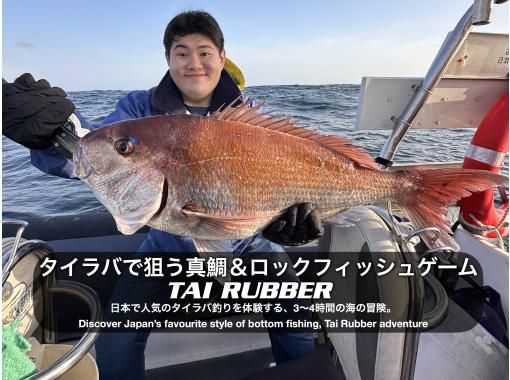
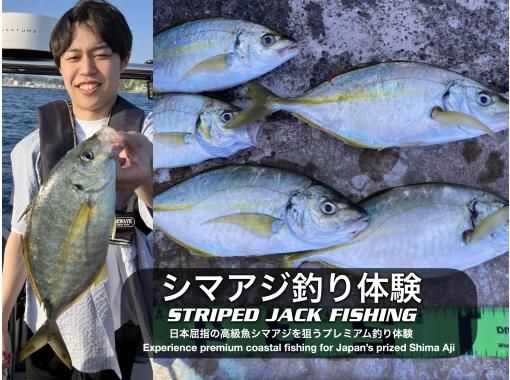
![[Tokyo/Chofu] To commemorate the 700th Kids Special Adventure, a river rustling exploration tour will be held to search for larvae in the fishing forest (free rental of children's stupid boots)の画像](https://img.activityjapan.com/10/50731/10000005073101_HI9mCLeH_3.jpeg?version=1694742604)
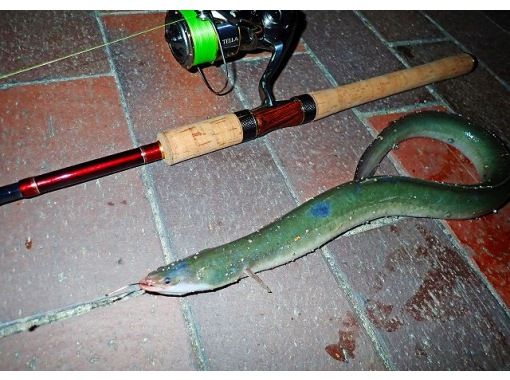
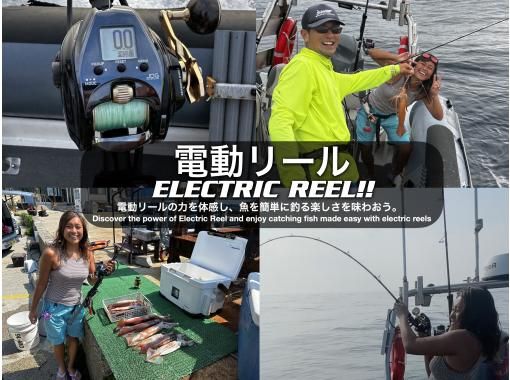
![[Tokyo/Tamagawa] Held from 5:00 AM, 8:00 AM, 11:00 AM, 14:00 PM *For families* Lure fishing experience for smallmouth bass, catfish, and Japanese carpの画像](https://img.activityjapan.com/10/44331/10000004433101_atFOJjl6_3.jpeg?version=1708933082)
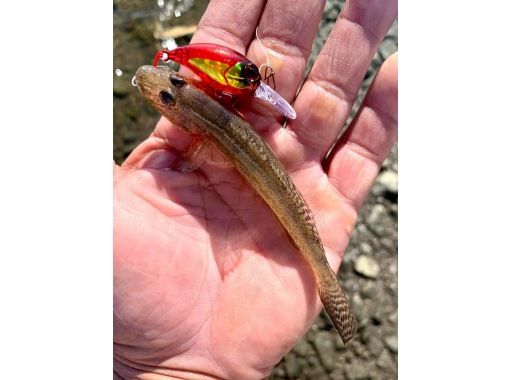
![[Departing from Tokyo/Chofu] Kids Special Adventure children's tour bus fishing, soft-shelled turtle, and rock turtle hunting tour (free rental of stupid rain boots)の画像](https://img.activityjapan.com/10/47133/10000004713301_atFOJjl6_3.png?version=1709014263)
